News Beat
News Beat reporting is an idrw.org initiative to let our Readers to report News Based on Actual facts but some how has not been reported in Main Stream Media .
SOURCE: RAUNAK KUNDE / NEWS BEAT / IDRW.ORG
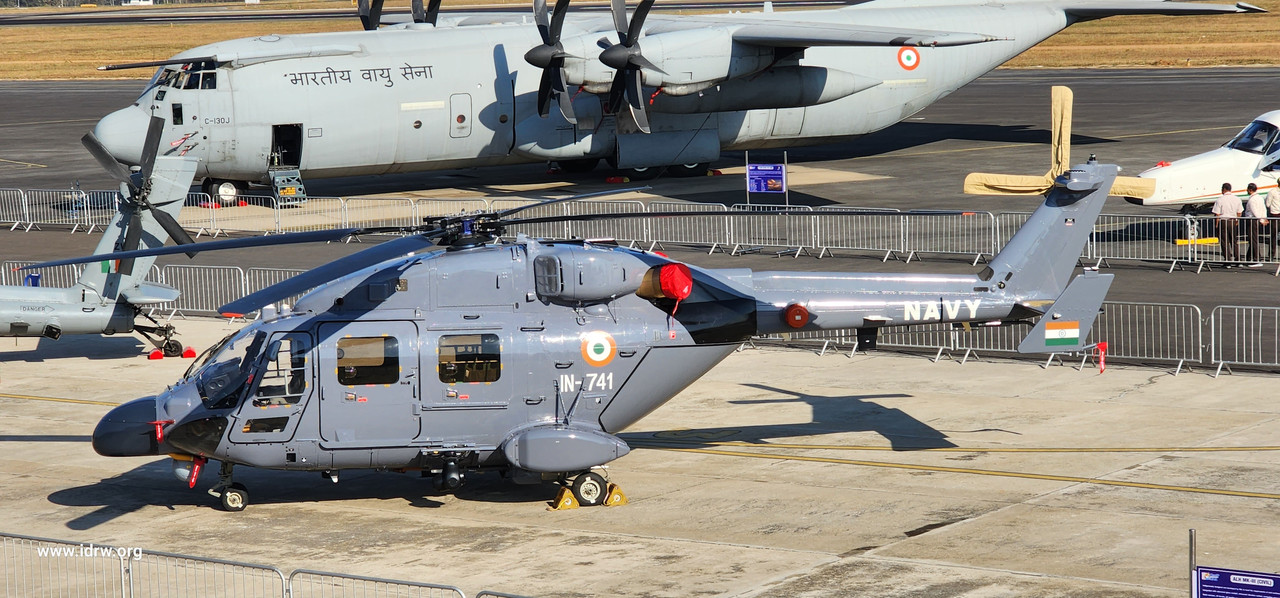
India’s state-owned Hindustan Aeronautics Limited (HAL) is gearing up to take on the waves with its Utility Helicopters-Maritime (UHM) program, a maritime variant of the versatile ALH Dhruv chopper. This crucial project aims to provide the Indian Navy with 60 next-generation helicopters tailored for coastal and offshore operations, boosting India’s maritime defence capabilities.
The UHM program is on a fast track, with the rollout of the prototype scheduled for October 2024 and the second prototype following suit by April 2025. This rapid development timeline puts the UHM on course for full operational readiness by 2025-2026, marking a significant milestone in India’s naval modernization efforts.
Continue readingSOURCE: RAUNAK KUNDE / NEWS BEAT / IDRW.ORG
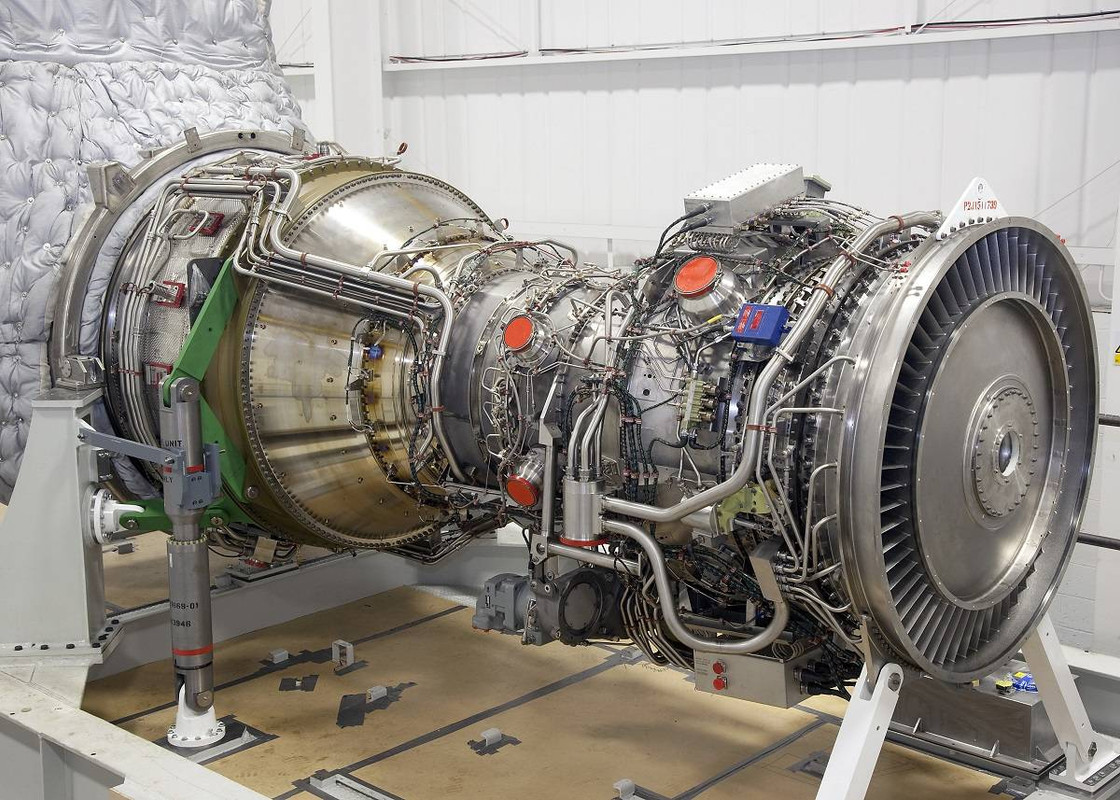
India’s ambitions for its naval power take a turn, as it enters talks with British engineering giant Rolls-Royce to power its upcoming Second Aircraft Carrier (IAC-II) with the MT30 marine gas turbine. This potential shift marks a significant departure from the American General Electric LM2500 engines used in the current INS Vikrant.
The MT30 boasts superior fuel efficiency compared to the LM2500, a crucial factor for extended operations at sea. However, this advantage comes at a price tag almost 1.5 times higher. Additionally, while IAC-II’s design will largely mirror Vikrant’s 45,000-ton displacement, the choice of engines signifies a strategic decision beyond immediate operational needs.
Continue readingSOURCE: RAUNAK KUNDE / NEWS BEAT / IDRW.ORG

In a remarkable display of technological prowess, the Ministry of Defence (MoD) has confirmed the successful combat trial of Varunastra, an indigenously developed ship-launched anti-submarine heavyweight torpedo (HWT). The trial, conducted on June 6, 2023, by the Indian Navy, marked a significant milestone as the torpedo, fired from a submarine, precisely hit an underwater target. This achievement underscores the combat worthiness and capability of Varunastra, showcasing its ability to meet the Navy’s operational requirements.
The combat trial of Varunastra represents a critical phase in the testing and validation of this homegrown anti-submarine torpedo. The successful launch from a submarine and the precise hit on an underwater target validate the torpedo’s performance in real-world scenarios, affirming its reliability and effectiveness in naval operations.
Continue readingSOURCE: RAUNAK KUNDE / NEWS BEAT / IDRW.ORG
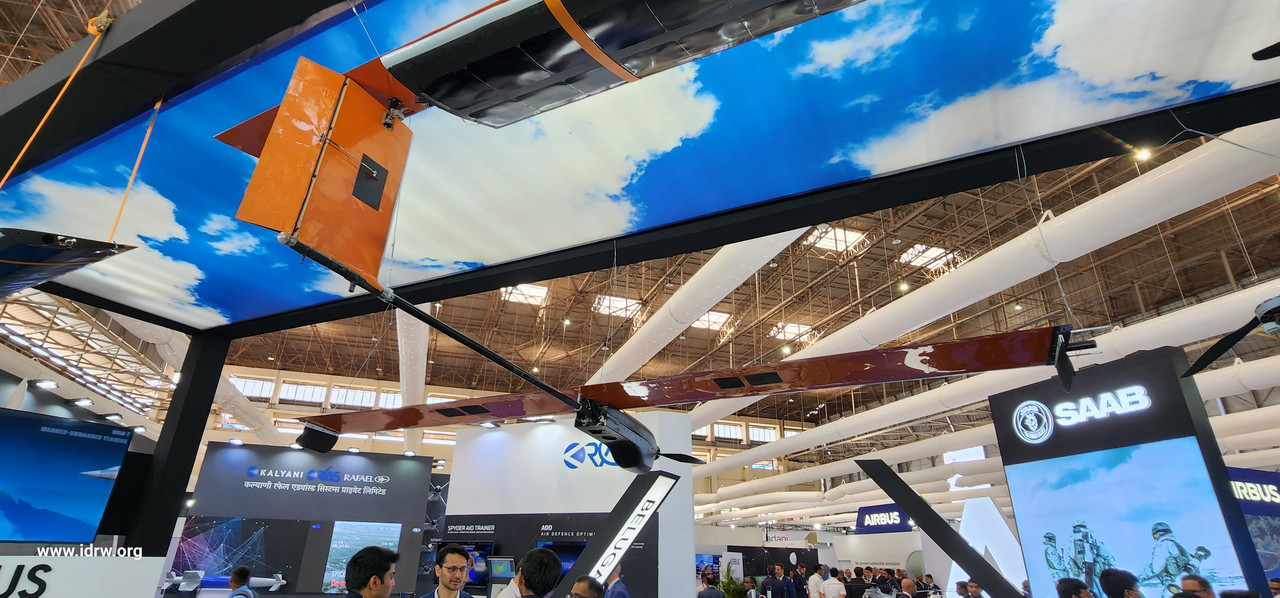
In a significant achievement for India’s drone technology landscape, Bengaluru-based startup NewSpace Research and Technologies National has successfully completed the Winter Solstice flight test campaign for its solar-powered High-Altitude Pseudo Satellite (HAPS) prototype. This milestone was achieved as part of the Ministry of Defence’s Innovation for Defence Excellence (iDEX) challenge, conducted at the Aeronautical Test Range (ATR) in Chitradurga. The sub-scale demonstrator model showcased an impressive 21+ hours in the air, meeting all design goals for long-endurance flight.
The successful completion of the Winter Solstice flight test marks a pivotal moment for India’s venture into the stratosphere. NewSpace’s HAPS prototype, developed as part of the Combined Air Teaming System (CATS) programme under the unmanned drone warfare initiative, has met all design goals, unlocking new possibilities for high-altitude, long-endurance flight capabilities.
Continue readingSOURCE: RAUNAK KUNDE / NEWS BEAT / IDRW.ORG
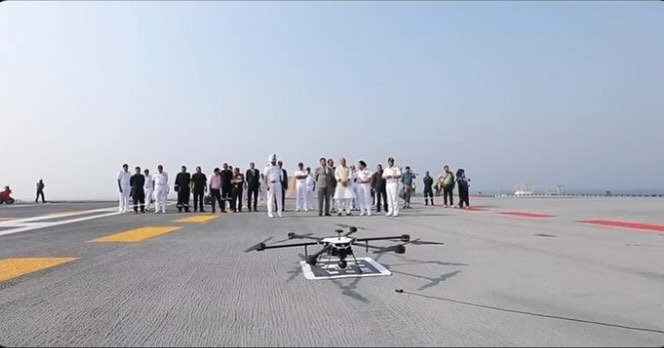
A Mumbai-based company, Sagar Defence Engineering Pvt Ltd, has successfully demonstrated the capabilities of its quadcopter drone with a historic takeoff from the Indian Navy’s aircraft carrier INS Vikrant. The drone not only soared from the mighty carrier but also completed a seamless landing on another ship, marking a significant milestone in India’s drone warfare ambitions.
The demonstration wasn’t just about showcasing the drone’s technical prowess; it served as a glimpse into the Indian Navy’s vision for integrating drones into its operations. The Navy envisions these drones playing a crucial role in the Naval Shipborne Aerial System (NSAS), enhancing its capabilities in various domains:
Continue readingSOURCE: RAUNAK KUNDE / NEWS BEAT / IDRW.ORG

India’s Tejas MkII program is experiencing an acceleration in progress following the realization of funds from September onwards. Recent developments, coupled with insights from individuals familiar with the program and vetting of tenders by idrw.org, shed light on the components and timeline associated with the Tejas MkII program. With a focus on enhancing the capabilities of the indigenous Tejas aircraft, the program is poised to achieve significant milestones in the coming years.
The Tejas MkII program has seen a surge in activity, particularly in the procurement of essential components. Recent tenders issued by the Aeronautical Development Agency (ADA) highlight the acquisition of critical elements, including LRUs, Data Acquisition systems, elevon, actuators, rudder actuators, Unified video cum Digital Data Recorder (UVDR) MkII, Hydraulic seals for flight control actuator, components for the Centre fuselage, Aircraft Mounted Accessory Gear Box (AMAGB), and Low-Profile Head-Up Display (LPHUD). These components are slated for delivery from early 2024 to mid-2024.
Continue readingSOURCE: RAUNAK KUNDE / NEWS BEAT / IDRW.ORG

The Indian Ministry of Defence (MoD) has confirmed in its year-end review that the Defence Research and Development Organisation (DRDO) has made significant strides in air-to-air missile technology. While specific details remain under wraps, the review mentions the successful testing of a state-of-the-art air-to-air missile powered by a “Solid Fuel Ducted Ramjet (SFDR)” propulsion system.
This isn’t the first time DRDO has showcased its SFDR capabilities. Last year, the organization successfully flight-tested the SFDR booster, setting the stage for further advancements. This technology promises to significantly enhance the range and performance of Indian air-to-air missiles.
Continue readingSOURCE: RAUNAK KUNDE / NEWS BEAT / IDRW.ORG
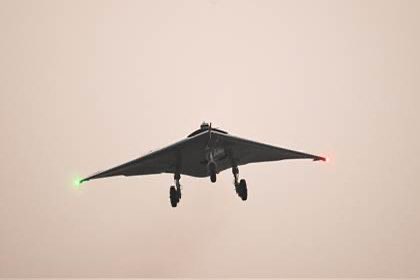
The Defence Research and Development Organisation (DRDO) is making rapid progress on its project to develop a subscale demonstrator of a stealthy flying wing uncrewed aircraft system (UAS). This technology is seen as critical for the development of India’s own Remotely Piloted Strike Aircraft (RPSA), also known as the Indigenous Stealth Drone.
Sources familiar with the program have revealed to idrw.org that the RPSA program will require dedicated funding as the Indian Air Force (IAF) and DRDO are still finalizing the configuration of the aircraft. This separate funding is estimated to be around 8000 crore rupees and will cover the development of two variants – one for strike missions and another for air dominance.
Continue readingSOURCE: RAUNAK KUNDE / NEWS BEAT / IDRW.ORG
The Indian Air Force (IAF) is facing a critical hurdle with its newly upgraded MiG-29 fighter jets, as technical issues have emerged in the retrofitted fuel tanks. These additional dorsal tanks, located behind the cockpit, are crucial for extending the aircraft’s range, but concerns have been raised about their structural integrity and fuel flow.
Sources within the IAF have confirmed challenges with both the tank’s physical design and the internal fuel movement. Recognizing the gravity of the situation, Air Headquarters has prioritized finding a solution. An IAF officer emphasized, “This is a critical matter, and top priority is being accorded to it.”
Continue readingSOURCE: RAUNAK KUNDE / NEWS BEAT / IDRW.ORG
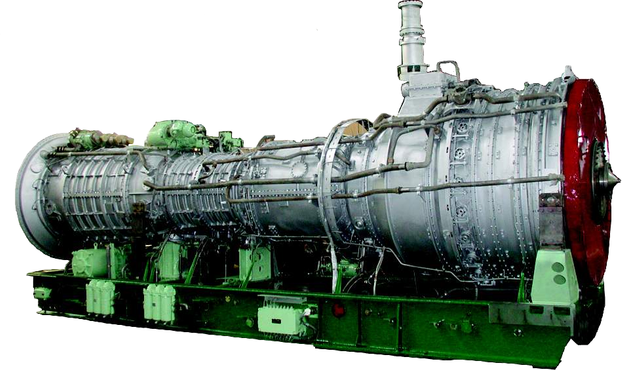
Kalyani Strategic Systems Limited (KSSL), a subsidiary of Bharat Forge, has proposed acquiring a majority stake in Zorya Mashproekt India Private Limited (ZMI), a domestic company specializing in gas turbine engine technology. This move comes amidst renewed urgency to foster indigenous capabilities in this critical field, fueled by the war in Ukraine disrupting imports from the company’s Ukrainian parent, Zorya-Mashproekt.
The Indian Navy, a major user of Zorya-Mashproekt GTEs for its warships, has been impacted by the war in Ukraine. Potential disruptions in supply and maintenance could jeopardize operational readiness. This vulnerability highlights the importance of developing a domestic GTE ecosystem, reducing dependence on foreign suppliers and ensuring long-term operational sustainability.
Continue readingSOURCE: RAUNAK KUNDE / NEWS BEAT / IDRW.ORG
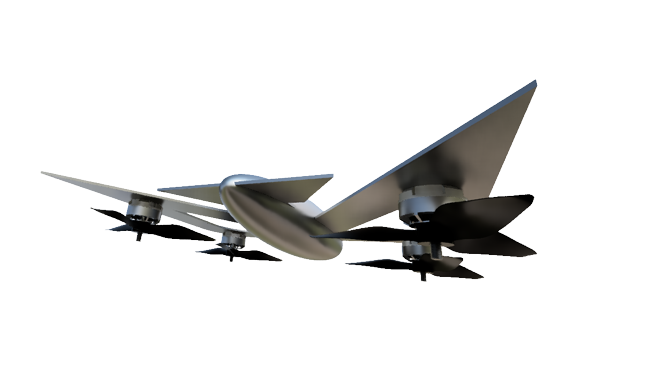
Flying Wedge Defence & Aerospace, a Bangalore-based startup, has sparked interest with its development of the Narakyaan, a high-speed drone designed for counter-drone operations. Boasting an impressive 200 km/h cruise speed and a devastating 320 km/h dive attack capability, Narakyaan aims to provide a potent solution against enemy drones.
Flying Wedge Defence & Aerospace has not yet disclosed the full technical specifications or timeline for Narakyaan’s operational deployment. However, the drone’s potential capabilities and the growing demand for counter-drone solutions make it a significant development in the field of unmanned aerial vehicles.
Continue readingSOURCE: RAUNAK KUNDE / NEWS BEAT / IDRW.ORG
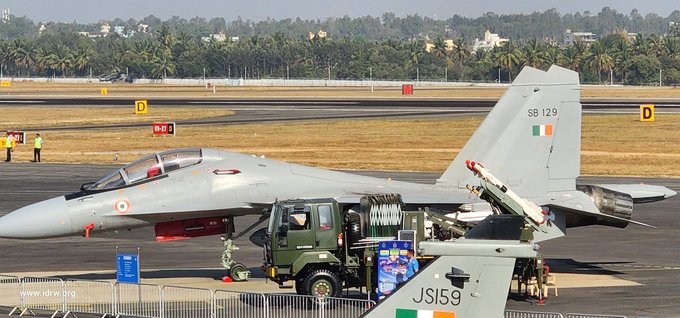
In a significant boost to India’s self-reliance in the defence sector, the Chief of Air Staff (CAS) Air Chief Marshal VR Chaudhari has announced that the upcoming upgrade of Sukhoi-30MKI fighters will transform them into truly Indian aircraft. This ambitious project, undertaken by Hindustan Aeronautics Limited (HAL), will witness the replacement of nearly all major components and systems in the first tranche of 84 aircraft, leading to an incredible 78% indigenization.
The Sukhoi-30MKI, a potent fighter jet originally developed in Russia, has served as the backbone of the Indian Air Force (IAF) for decades. However, the upcoming upgrade program marks a pivotal shift in this partnership. Replacing crucial components like the AESA Fire Control Radar, avionics, and other systems with indigenously developed Indian technology will significantly reduce dependence on Russia and propel India toward self-sufficiency in advanced aerospace systems.
Continue readingSOURCE: RAUNAK KUNDE / NEWS BEAT / IDRW.ORG

Airbus Defence and Space (ADS) Spain has secured the coveted role as the lead contractor for the conversion of six pre-owned A-321 aircraft procured from Air India into the Netra MkII Airborne Early Warning and Control System (AEW&CS) for the Indian Air Force.
The chosen A-321s will undergo a complete metamorphosis, transitioning from commercial passenger jets to sophisticated reconnaissance platforms. This transformation will be overseen by Airbus, leveraging its expertise in aircraft customization and military integration. The Getafe site in Madrid, home to Airbus’ Military Aircraft Design and Engineering department, will play a pivotal role in equipping the aircraft with cutting-edge military avionics and transforming them into aerial sentinels.
Continue readingSOURCE: RAUNAK KUNDE / NEWS BEAT / IDRW.ORG

Bharat Dynamics Limited (BDL) is anticipating a Request for Proposal (RFP) from the Indian Army for the procurement of the indigenously developed Nag anti-tank guided missile (ATGM). Following the successful completion of trials earlier this year, BDL expects orders for the Nag missile to be placed by 2025.
The Nag ATGM has been categorized as a fire-and-forget, third-generation missile, offering significant advancements over previous generations. It boasts an imaging infrared (IIR) seeker, enabling effective engagement with static and moving targets in both day and night conditions.
Continue readingSOURCE: RAUNAK KUNDE / NEWS BEAT / IDRW.ORG

The Indian Air Force (IAF) has faced significant challenges in maintaining its fleet of 260 Sukhoi Su-30MKI fighter jets due to the ongoing Russia-Ukraine war and subsequent Western sanctions on Russia. These sanctions have disrupted the traditional supply chain for crucial spares and systems, forcing the IAF to adapt and innovate.
Fortunately, IAF officials have revealed to idrw.org that the long-term spare storage policy implemented in the past has helped them navigate this turbulent period. This foresightful approach ensured a reserve of essential parts, allowing the IAF to maintain operational readiness despite the supply chain disruptions.
Continue reading